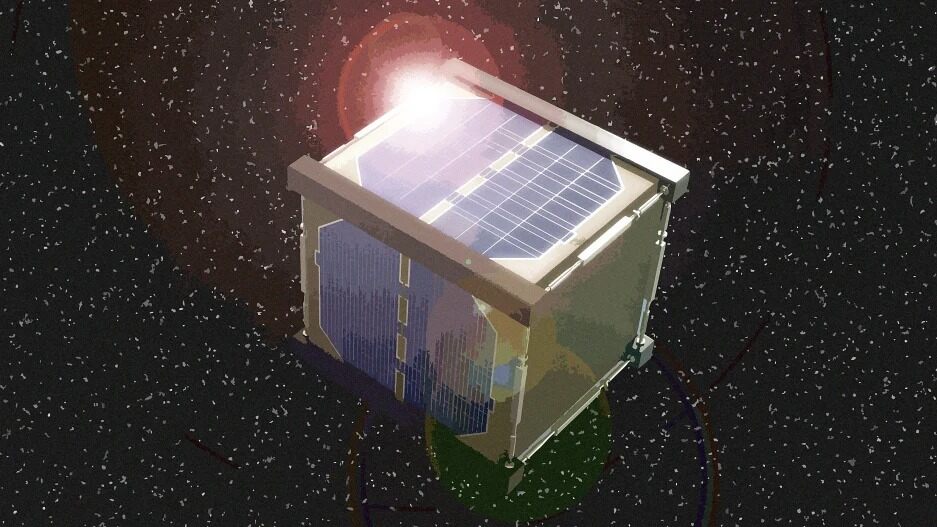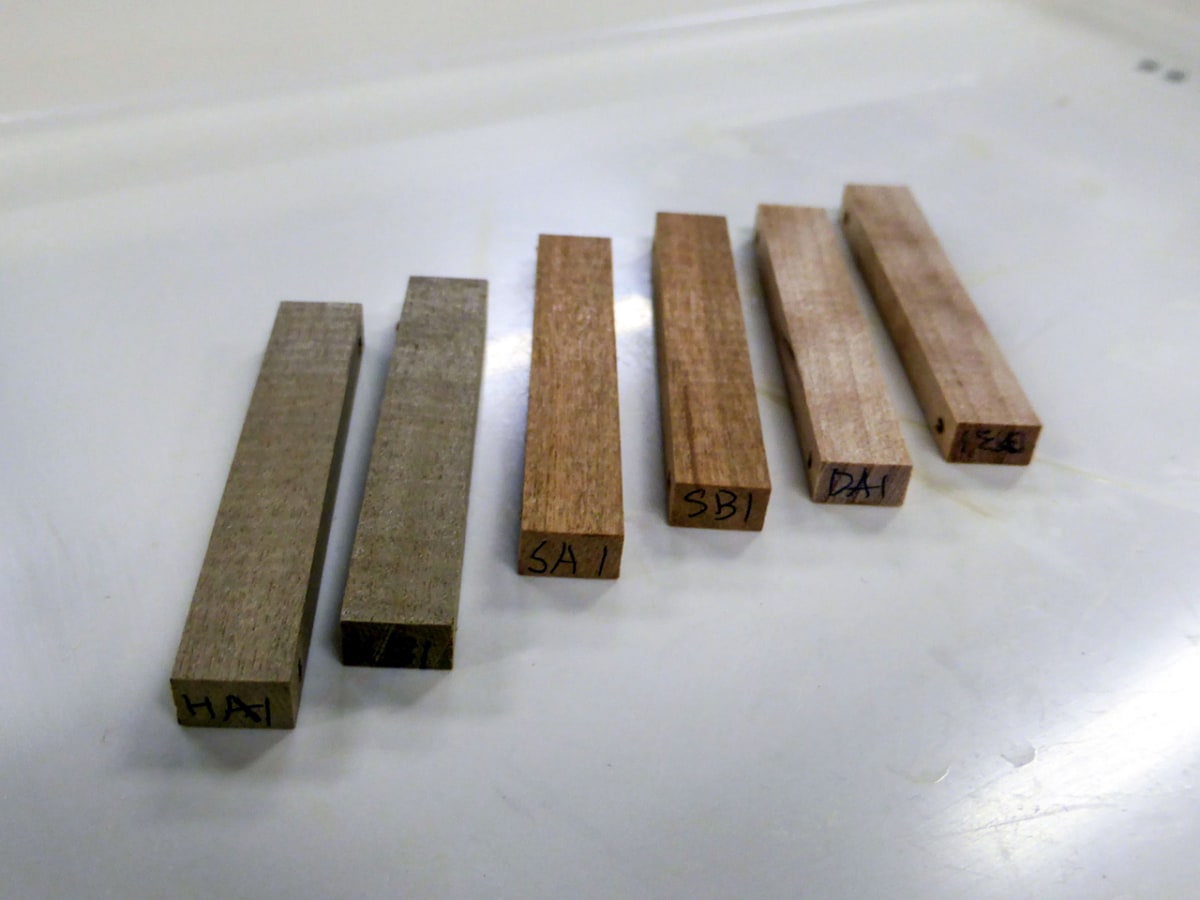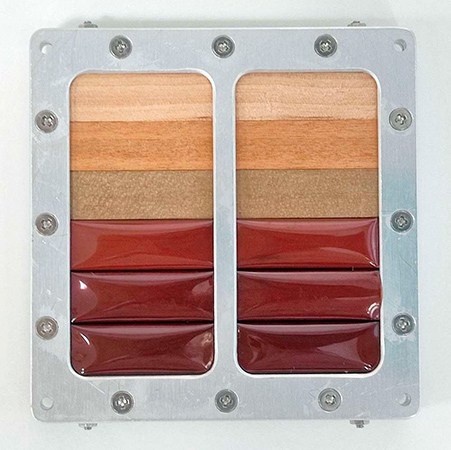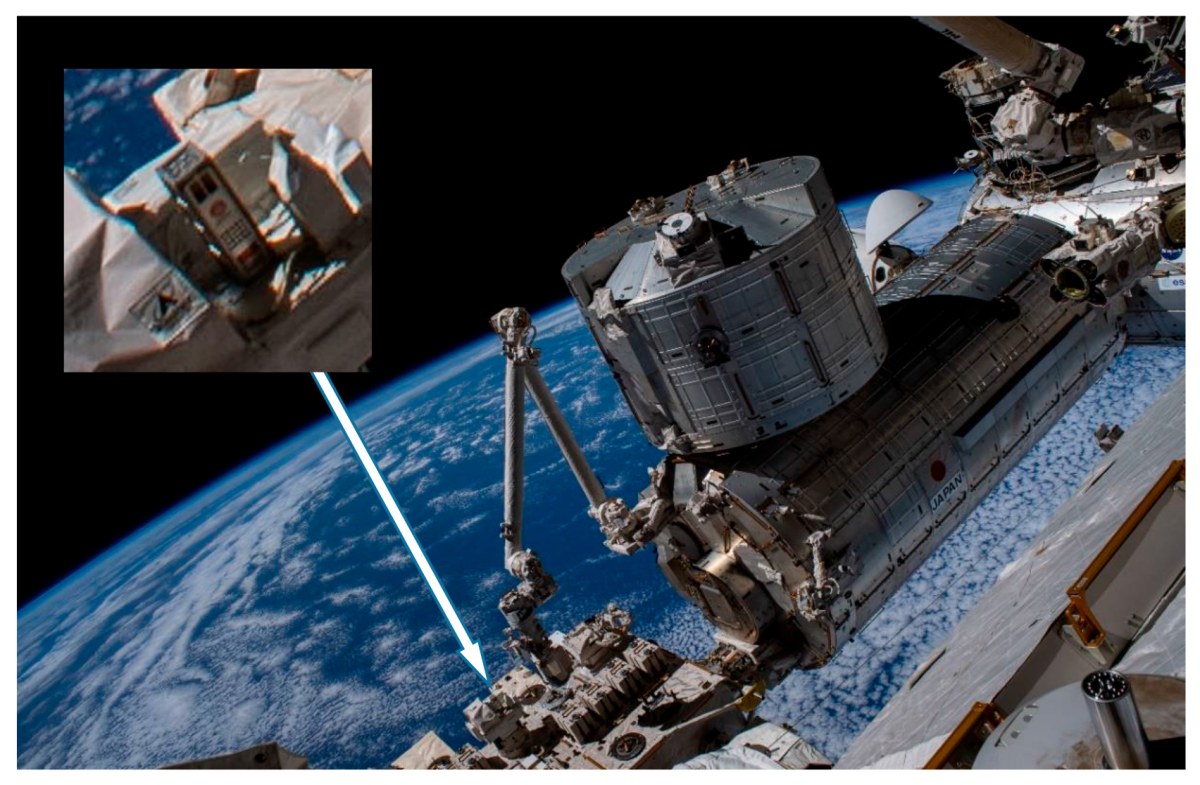- | 9:00 am
This small wooden cube is actually a satellite that’s being sent to space
Aluminum satellites may pose a serious risk to the ozone layer. Japanese researchers want to make them out of wood instead.

There are roughly 10,000 satellites orbiting Earth, and most of them are made out of aluminum. This metal has been the go-to material for aerospace design for years because it’s lightweight, abundant, and can be combined with other metals to become incredibly durable. But it poses an environmental problem: When aluminum spacecraft burn up in the atmosphere, they leave behind tiny particles that can damage the Earth’s ozone layer.
By 2030, there could be more than 60,000 new satellites in orbit, and many of them will be low-earth-orbit (LEO) satellites that operate for about five years before vaporizing upon reentry. Scientists are starting to get nervous. After all, there’s a reason the ozone layer is nicknamed “the world’s natural sun shield.” Without it, we’d all be exposed to dangerous levels of ultraviolet radiation.
There’s little hope for slowing the proliferation of satellites. It would be nearly impossible to wean ourselves off these spacecraft that make our high-tech modern life possible. But what if we made satellites out of wood, instead of metal?
That’s the idea proposed by a team of researchers from Kyoto University. They’ve designed a small wooden satellite they believe could be a more environmentally friendly alternative to the aluminum satellites used today. And they plan to put one in orbit later this year.
Wood may not seem like an obvious contender for spacecraft material. On the contrary, it seems downright dangerous. Won’t it . . . catch fire? Break? Crumble and rot?
No, no, and no.

“When you use wood on Earth, you have the problems of burning, rotting, and deformation, but in space, you don’t have those problems,” Koji Murata, a researcher at Kyoto University leading the initiative, told CNN. “There is no oxygen in space, so it doesn’t burn, and no living creatures live in them, so they don’t rot.”

Murata and his team started the LignoStella Space Wood Project in 2020, partnering with a construction company called Sumitomo Forestry in the hunt for the best wood to send to space. They decided to test three types: Erman’s birch, Japanese cherry, and magnolia bovate. In 2021, the samples hitched a ride on the International Space Station, where they spent 290 days—or about 10 months—in the Japanese Experiment Module Kibo and were exposed to extreme temperatures, “intense cosmic rays and dangerous solar particles.”

“Wood’s ability to withstand these conditions astounded us,” Murata told The Observer. Despite having spent almost a year in the harsh conditions of space, the wood samples showed no signs of damage. No cracking, no peeling. Not a scratch. The team says it will likely use magnolia wood for the real satellite later this year, as its unique composition makes it easier to work with and particularly hardy.

The LignoSat2 prototype is expected to launch this summer in a joint operation between NASA and JAXA, Japan’s space agency. It will be shaped like a cube, and about the size of a coffee mug. Why so small? It’s what’s known as a CubeSat, a type of modular nanosatellite that’s more affordable to design and operate, making it ideal for research institutions and small companies looking to send something into orbit. The cube will have a wooden shell but will also contain small amounts of plastic and silicon, plus a semiconductor and chip for communicating back to Earth.
Researchers will monitor it in orbit for six months, observing its reaction to temperature changes and monitoring the shell’s protective capabilities, before it burns up in Earth’s atmosphere. “A satellite goes round the Earth and has these huge temperature differences in 90 minutes,” Murata says. “We don’t know to what extent the satellite can withstand this intense, repeated cycle of temperature difference, so this has to be investigated.”
The LignoSat2 could open the door to other applications for wood in space. The idea for the project originally stemmed from the question of whether a human society living in space could grow trees to be used as a renewable resource for building things. Japanese astronaut and engineer Takao Doi reached out to Murata with the pie-in-the-sky idea of building a wooden house on the moon. But “before building a house on the moon, we need to verify whether wood is a material that can be used in space,” Murata said. And thus, the idea for a wooden satellite was born.
Of course, if wood proves to be the space material of the future, one has to wonder where all that wood will come from, and whether cutting down trees to build environmentally friendly spacecraft is the best use for these natural carbon sinks that have such an important role to play here on planet Earth.








































